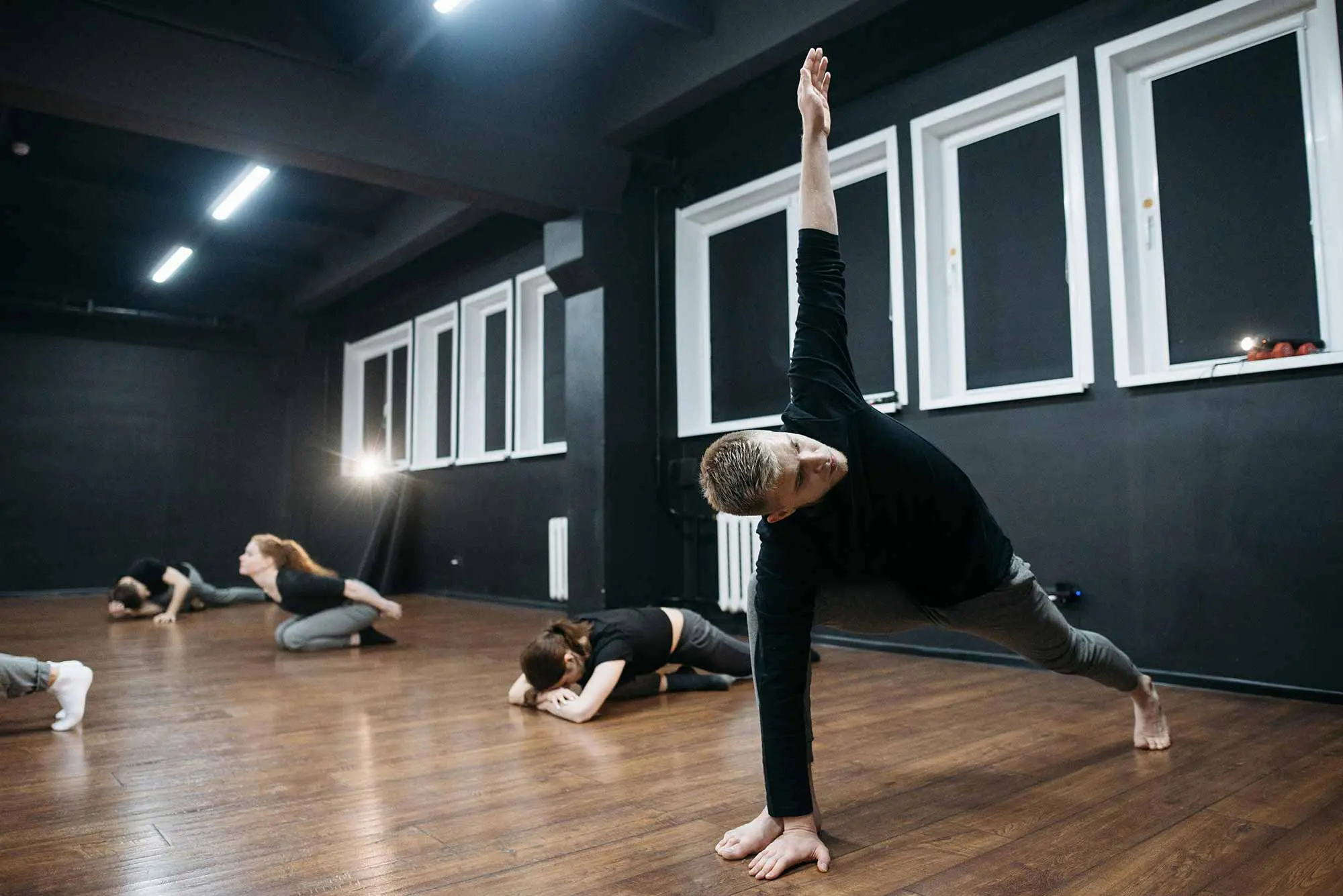Creating a fitness-friendly space that accommodates all fitness levels is essential for promoting inclusivity and motivation. Whether it’s a home gym or a commercial fitness facility, thoughtful design can inspire people to pursue their fitness goals. This article explores key considerations for designing an inclusive, accessible, and functional fitness environment.
Assessing Space Requirements
When designing a fitness space, assess the available area carefully. Ensure there’s enough room for various types of exercises, from strength training to cardio. Consider the flow of movement and allow ample space for both individual and group activities. A well-sized space encourages comfort and promotes efficient use of equipment.
Choosing Versatile Equipment
Select equipment that can cater to a wide range of fitness levels. Adjustable machines, free weights, and resistance bands provide flexibility for users of varying strengths and abilities. Invest in compact yet functional equipment that saves space while offering versatility. This helps meet diverse fitness needs within a limited area.
Incorporating Accessibility Features
Make your fitness space accessible to everyone by incorporating features like wheelchair ramps, wider doorways, and adjustable-height machines. Ensure that the layout accommodates individuals with mobility challenges or special needs. Including these elements creates an inclusive environment where people feel comfortable regardless of their physical abilities.
Designing for Comfort and Motivation
A fitness-friendly space should inspire motivation and provide comfort. Use uplifting colors, good lighting, and proper ventilation to create an environment that energizes users. Additionally, ensure the space has comfortable flooring that supports long workout sessions. The right atmosphere fosters a positive experience and helps users stay motivated.
Creating Zones for Different Activities
Organize your fitness space into different zones, each designed for specific activities. For example, a cardio area, strength training zone, and stretching space can each be clearly defined. This not only optimizes the use of the space but also helps users feel more comfortable and focused during their workouts.
Implementing Technology Integration
Incorporating technology in a fitness space can enhance the workout experience. Provide interactive workout programs, tracking devices, or virtual classes to engage users. With smart fitness equipment, users can track progress and personalize their workout routines. Integrating technology ensures your space is modern and supports diverse fitness goals.
Conclusion
Designing a fitness-friendly space requires careful thought and planning to accommodate individuals of all fitness levels. By focusing on space, accessibility, comfort, and social interaction, you can create an environment that motivates and empowers everyone to reach their fitness potential. A well-designed space can truly elevate the fitness journey for all.
